Imagine a thriving civilization hidden in the heart of ancient North America—vast cities, towering earthen mounds, bustling markets, and intricate social networks. Yet, within just a few generations, this world faded into silence, leaving behind mysterious ruins and haunting questions. This is the story of the Mississippian people, whose civilization once rivaled the great societies of their time, only to vanish with startling speed. What caused this collapse? What secrets still lie buried beneath the soil? Let’s journey into the enigmatic rise and fall of America’s forgotten civilization.
The Birth of the Mississippian World
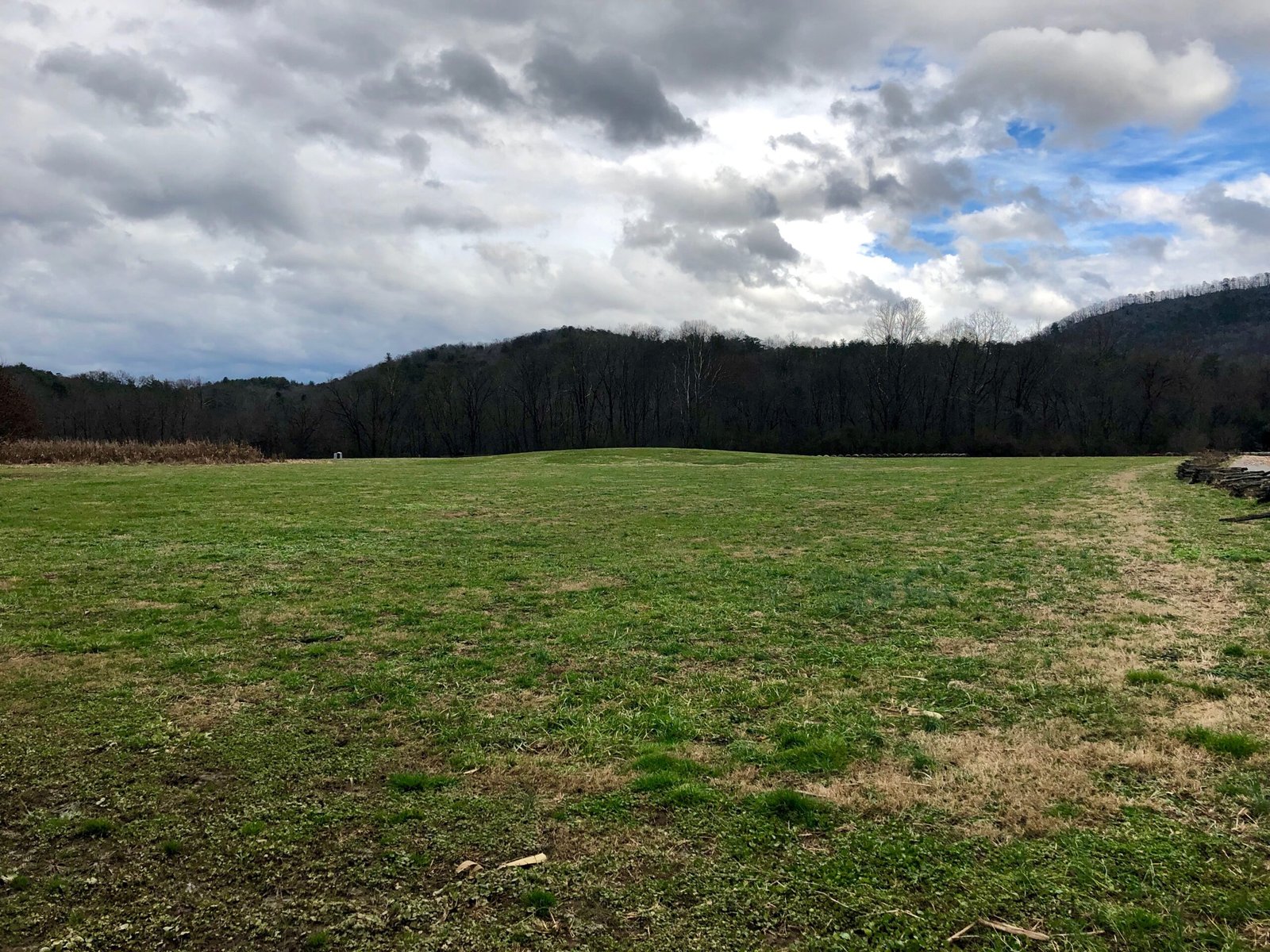
The Mississippian civilization sprang to life around 800 CE, transforming the landscapes along the Mississippi River and its tributaries. These people were not nomads; they settled into large villages and cities, creating permanent homes in a way that was unique for their time in North America. Their society grew from earlier mound-building cultures, but the Mississippians took scale and complexity to new heights. They harnessed the fertile floodplains, using innovative farming techniques to grow maize—corn—which became the backbone of their diet and economy. This agricultural success fueled a population boom and allowed for the development of complex social structures. Their world was full of ceremony, trade, and innovation, marking a new chapter in the story of Native America.
Cahokia: The Ancient City That Defied Imagination

If you could have visited Cahokia at its peak around 1100 CE, you would have been stunned. This sprawling city, near present-day St. Louis, held as many as 20,000 people—more than London at the time. Its centerpiece was Monks Mound, a giant earthen platform rising ten stories high, built entirely by hand. Dozens of smaller mounds surrounded it, serving as temples, ceremonial platforms, and elite residences. The city buzzed with activity: skilled artisans shaped pottery and shell beads, traders arrived from distant regions, and religious leaders conducted rituals that echoed across the mounds. Cahokia’s scale and sophistication were unmatched in North America, and for a moment, it seemed unstoppable.
The Mystique of Mound Building
The mounds themselves are among the most enduring mysteries of the Mississippian world. Constructed with nothing but baskets, dirt, and human determination, these earthworks served as more than just impressive feats of engineering. Some were platforms for the homes of leaders or temples; others marked burial sites or important celestial alignments. Building a mound was a community effort, demanding the labor of thousands over years or even decades. The sheer scale of these works still stirs awe today—Monks Mound, for example, covers more than 14 acres. The mounds symbolized power, unity, and spiritual connection, rising from the earth as monuments to the people’s ambitions and beliefs.
A Web of Trade and Exchange

The Mississippian civilization was far from isolated. Their cities were linked by a vast trade network stretching from the Great Lakes to the Gulf of Mexico and beyond. Artifacts like copper from Michigan, shells from the Gulf, and obsidian from the Rockies have been found in Mississippian sites, showing how goods and ideas flowed across the continent. Markets bustled with traders exchanging food, tools, and ornaments. This network also spread cultural practices and religious ideas, weaving a tapestry of connection that reached across thousands of miles. These economic and social ties made the Mississippian world vibrant and dynamic, reflecting a sophisticated understanding of commerce and communication.
The Role of Maize: Fueling a Civilization
Maize was more than just a crop—it was the engine of Mississippian society. Before its widespread adoption, local people relied mostly on wild plants and hunting. But maize offered a reliable, storable source of calories, allowing larger populations to settle in one place. Its cultivation required coordinated effort: clearing forests, managing floods, and organizing labor. Fields of corn surrounded Mississippian villages, providing food for thousands and freeing people to specialize in other skills. The abundance of maize made possible the rise of powerful leaders and the construction of monumental architecture. In a sense, every mound and city was built on a foundation of corn.
Spirituality and the Sacred Cosmos
The Mississippian world was deeply spiritual, with beliefs that shaped every aspect of life. Their religion revolved around the cycles of nature—sun, moon, and stars guided planting and harvest, while myths explained the origins of people and the land. Many mounds were aligned with celestial events, suggesting an intimate knowledge of astronomy. Elaborate ceremonial centers hosted rituals meant to ensure fertility, harmony, and cosmic balance. Shamans and religious leaders held great influence, acting as mediators between the spiritual and earthly realms. Symbols like the falcon, serpent, and hand-eye motif adorned objects and architecture, reflecting a worldview filled with mystery, reverence, and awe.
Social Hierarchies and Power Structures
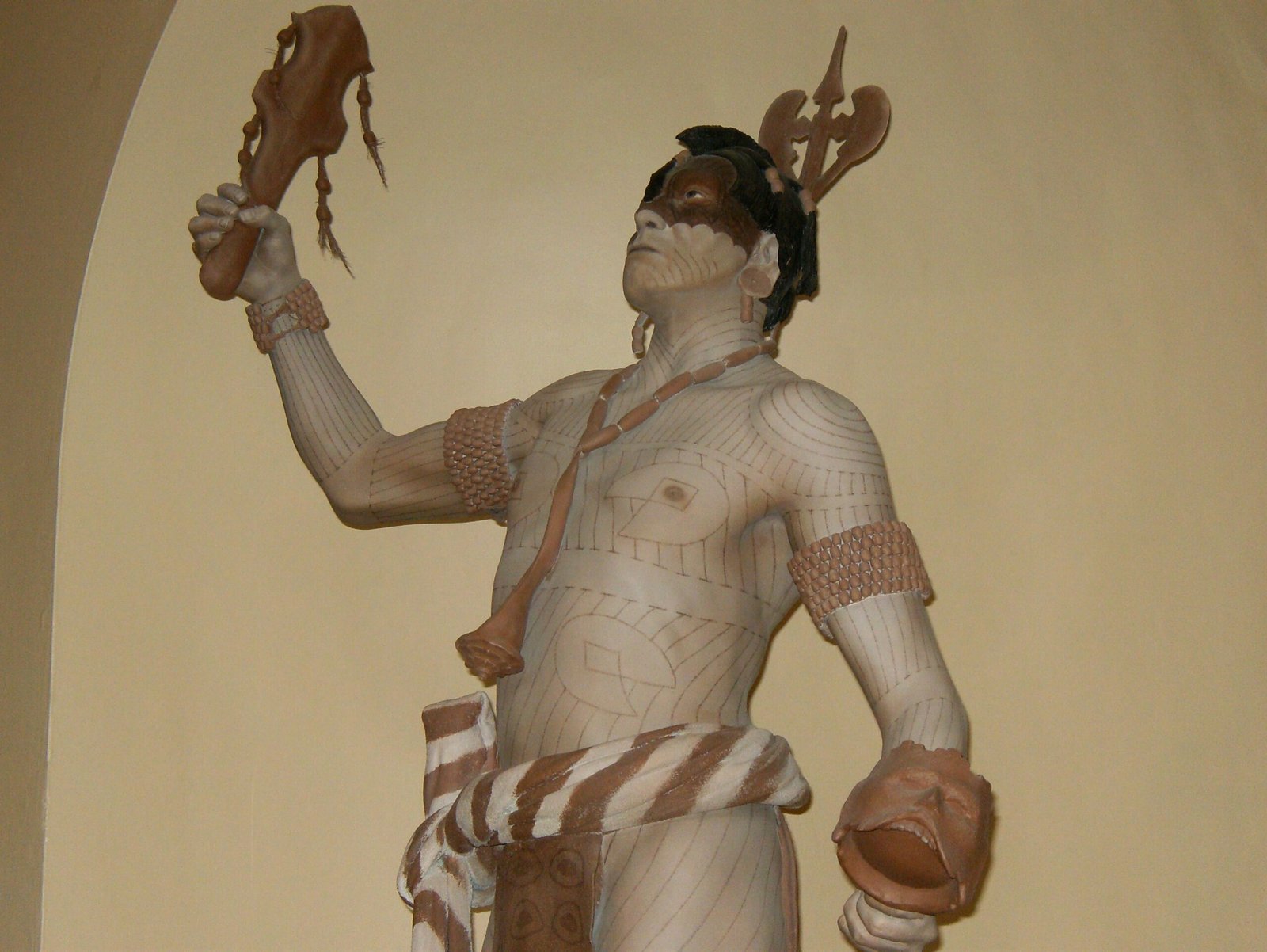
Mississippian society was not flat or egalitarian—it was sharply divided by class and status. At the top were powerful chiefs, sometimes considered divine or semi-divine, who lived in large homes atop the tallest mounds. Below them, an elite class of priests, warriors, and administrators helped govern the cities. Most people were farmers, laborers, or artisans, their lives shaped by the demands of the ruling class. This stratified structure allowed for large-scale projects and organized religious ceremonies but also created tensions. The power of the chiefs was both a unifying force and a potential source of conflict, especially as resources became strained.
The Enigma of Cahokia’s Woodhenge
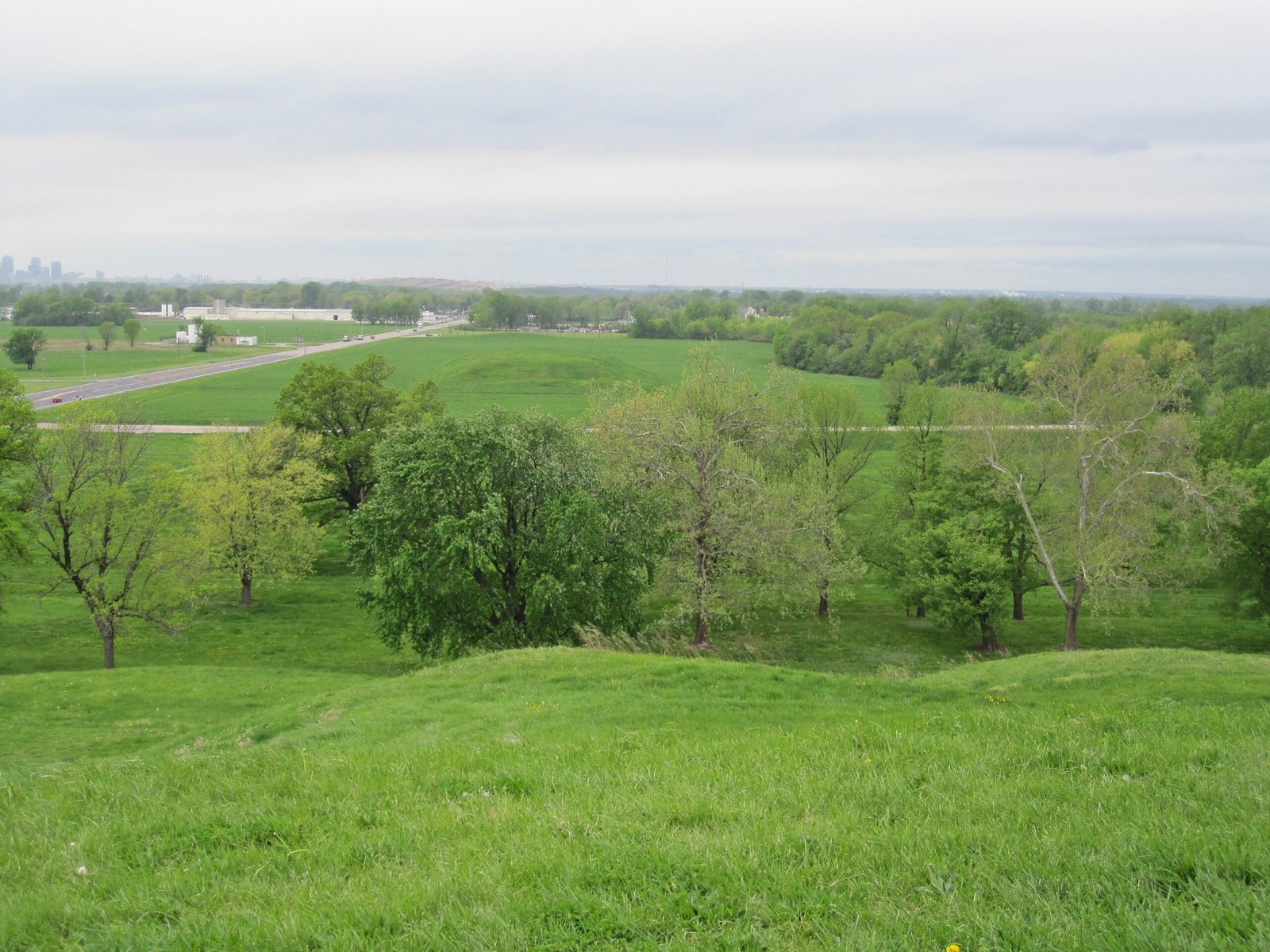
Just outside Cahokia’s central plaza, archaeologists uncovered something astonishing: rows of massive wooden posts arranged in circles, now known as Woodhenge. These structures functioned like a giant calendar, marking solstices and equinoxes with stunning accuracy. At sunrise on the first day of winter or summer, the sun would rise in perfect alignment with certain posts, signaling important dates for planting and ceremony. The existence of Woodhenge reveals a sophisticated understanding of astronomy and timekeeping, rivaling similar monuments in Europe. It also suggests that community gatherings and rituals tied people together, reinforcing the rhythms of agricultural and spiritual life.
The Fragile Balance of Nature
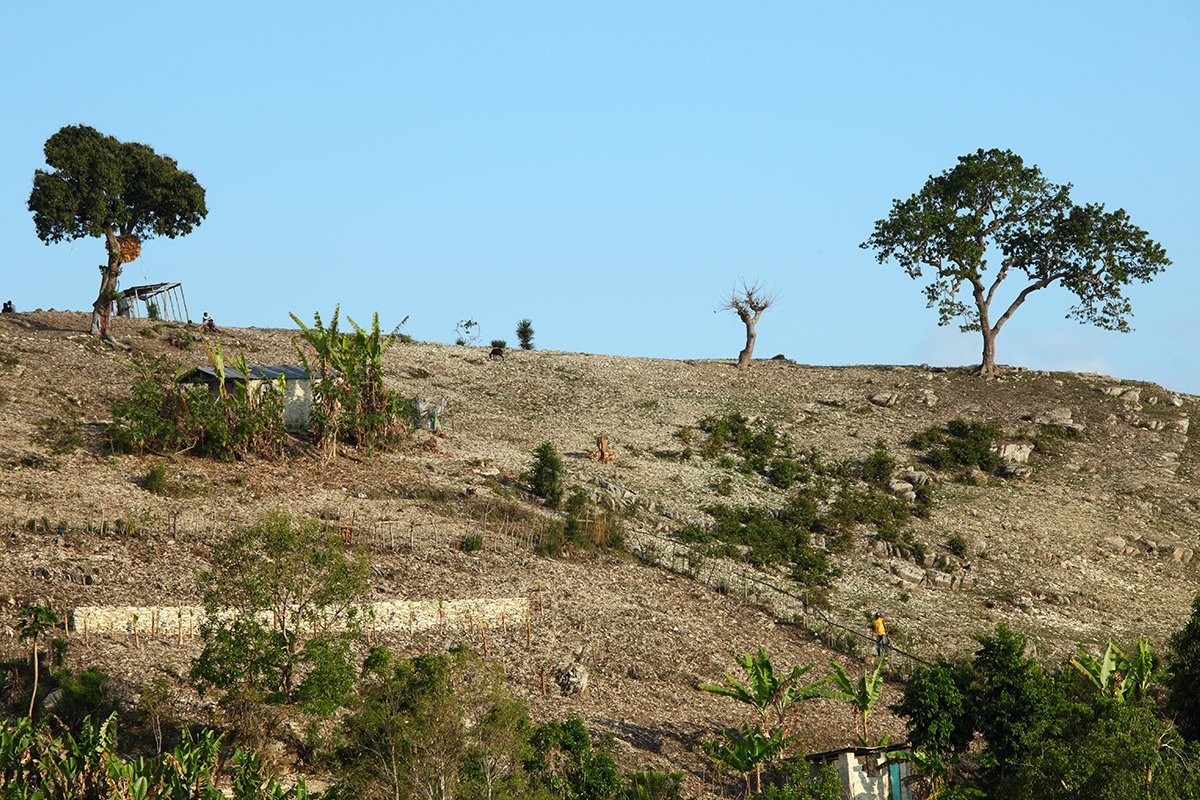
Mississippian cities thrived in part because of their ability to manage the land. But success came at a cost. Clearing forests for fields and fuel put pressure on local ecosystems, leading to erosion and flooding. Intensive agriculture drained soil fertility over time, making crops less reliable. As cities grew, the demand for wood, water, and game increased, sometimes outpacing what the land could provide. Environmental stress left communities vulnerable, especially if droughts, floods, or harsh winters hit unexpectedly. The delicate balance between people and nature could tip in an instant, setting the stage for crisis.
Signs of Social Stress and Conflict
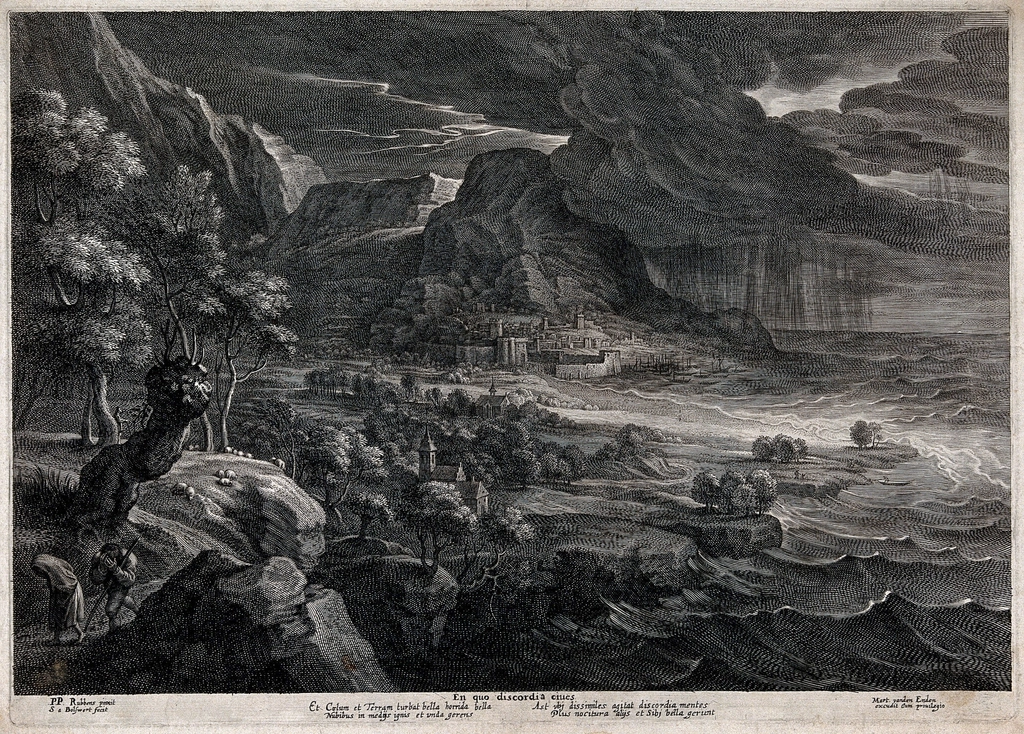
Archaeological evidence tells a story of rising tensions in the later years of Mississippian civilization. Burials from this period sometimes show signs of violence—arrow wounds, broken bones, or mass graves. Defensive structures like palisades and ditches appear around major settlements, hinting at fears of attack. Competition for resources may have sparked conflicts between cities or within communities as leaders struggled to maintain control. Social inequality, once a source of strength, may have become a fault line as ordinary people questioned the power of the elite. The stress of maintaining a complex society in a changing world began to show.
Epidemics and Unseen Foes

Long before Europeans set foot on North American soil, disease could still strike terror in Mississippian hearts. Densely populated cities offered fertile ground for infections to spread. Though the exact pathogens remain uncertain, researchers believe epidemics—perhaps outbreaks of tuberculosis or other illnesses—may have weakened communities. Later, the arrival of Europeans brought devastating new diseases like smallpox, which swept through Native populations even before direct contact. The toll of sickness was staggering, eroding social cohesion and making it harder to recover from other crises. In the end, invisible enemies may have played as great a role as any invading army.
The Mysterious Disappearance of Cahokia

By the mid-1300s, Cahokia was in rapid decline. People abandoned the mounds, leaving houses to collapse and fields to turn wild. The reasons remain debated—some blame environmental collapse, others point to warfare, disease, or internal strife. Most likely, it was a combination of many factors, each compounding the other until life in the great city became untenable. What’s most haunting is how quickly it happened: in just a few generations, the heart of Mississippian civilization emptied, its echoes fading into legend. The silence of Cahokia raises more questions than answers, inviting us to ponder the fragility of complex societies.
The Spread of Mississippian Culture
Even as Cahokia fell, the ideas and symbols of Mississippian culture rippled outward. Smaller towns and villages across the Southeast and Midwest continued to build mounds, hold ceremonies, and trade goods. The distinctive art, pottery, and religious motifs persisted for centuries, blending with local traditions. Some groups adapted to changing conditions, migrating or reorganizing their societies. The legacy of the Mississippian world did not vanish overnight; instead, it transformed, surviving in the stories and practices of descendant communities. The collapse of the great cities was not the end, but rather a turning point in a much longer journey.
Archaeological Discoveries and New Insights
Modern archaeologists have only scratched the surface of the Mississippian story. Each year, new digs uncover forgotten villages, elaborate grave goods, and clues about everyday life. Technologies like ground-penetrating radar and DNA analysis are helping to reconstruct population movements and family ties. Recent discoveries challenge old assumptions, revealing more diversity and resilience among Mississippian peoples than once believed. Yet, many mysteries remain: what languages did they speak? How did they govern themselves? What stories did they tell? The hunt for answers continues, blending science, imagination, and respect for a lost world.
Lessons from a Lost Civilization
The rise and fall of the Mississippian civilization offer profound lessons for our own time. Their achievements remind us of the power of cooperation, creativity, and vision. Their collapse warns of the dangers of environmental mismanagement, social inequality, and overreliance on complex systems. The Mississippians show that even the mightiest societies are vulnerable to the forces of nature and the choices they make. Their story is a mirror, reflecting both our hopes and our fears as we navigate an uncertain future. In their triumphs and failures, we find echoes of our own world.
Echoes in Modern Native Cultures
The legacy of the Mississippian world lives on in the traditions of Native American tribes across the Southeast and Midwest. Groups like the Choctaw, Chickasaw, Muscogee (Creek), and others trace their ancestry in part to Mississippian peoples. Ceremonial dances, stories, and craft techniques preserve ancient knowledge and values. Efforts to reclaim and honor cultural heritage are growing, with powwows, language revival programs, and mound preservation projects drawing new generations into the story. For many, the Mississippian past is not just history—it’s a living thread connecting them to ancestors and land.
Preserving America’s Ancient Heritage
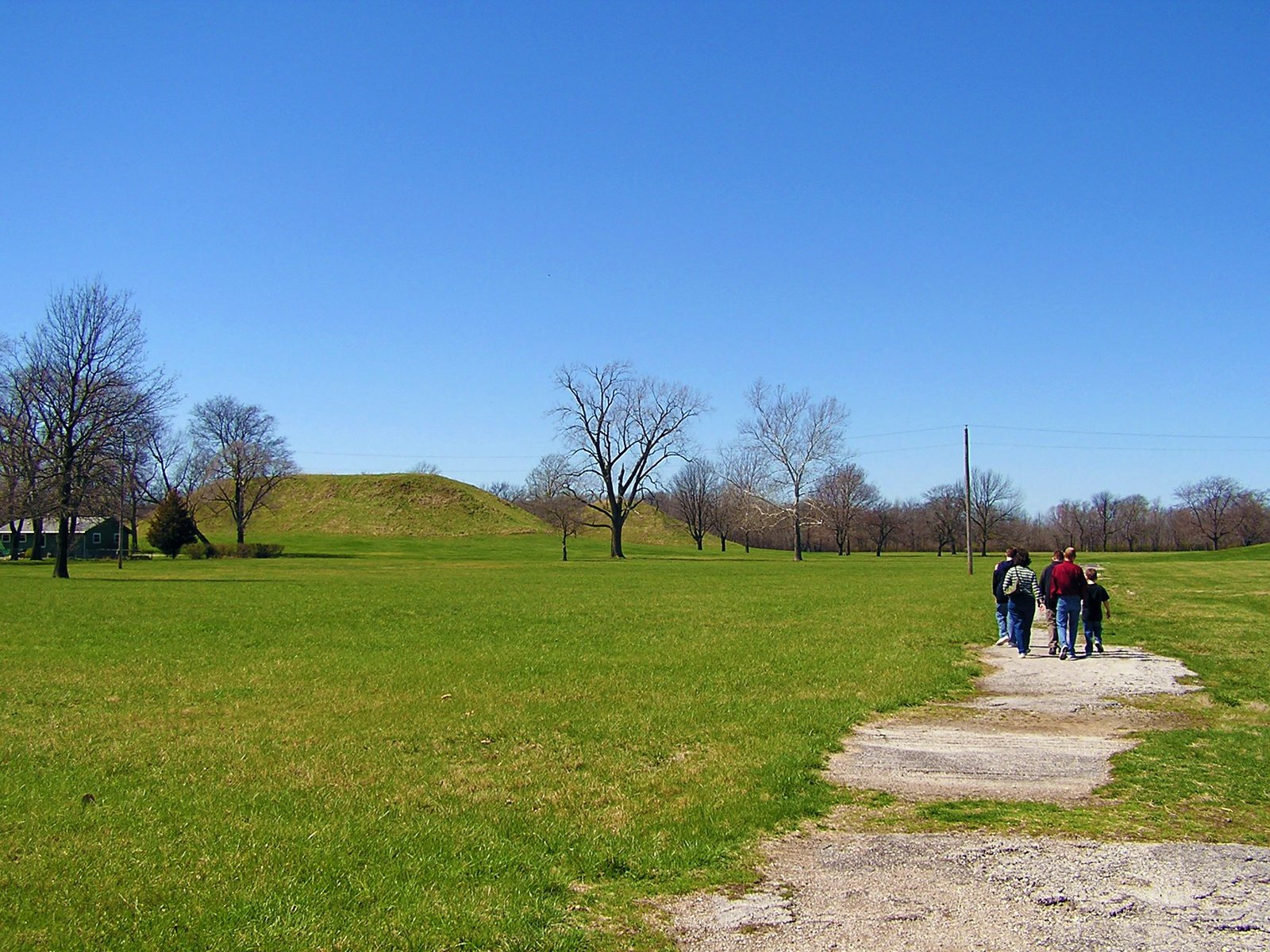
Today, the remains of Mississippian cities and mounds face new threats—from urban development, agriculture, looting, and neglect. Museums, archaeologists, and Native groups are working together to protect these sites, ensuring that future generations can learn from their wonders. Places like Cahokia Mounds State Historic Site offer a window into a world that once flourished on American soil. Protecting these ancient landmarks is not just about preserving the past—it’s about honoring the creativity, resilience, and humanity of those who came before us. The story of the Mississippian civilization is woven into the fabric of our continent, waiting to be rediscovered by those willing to listen.



